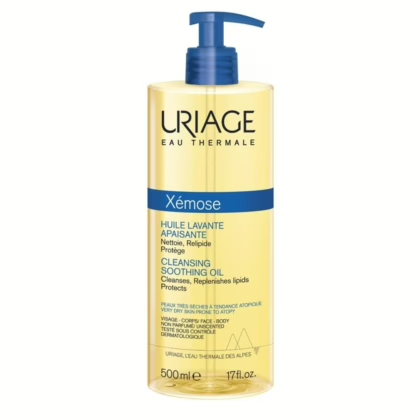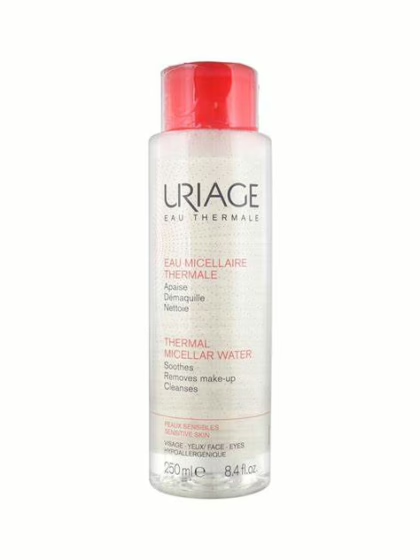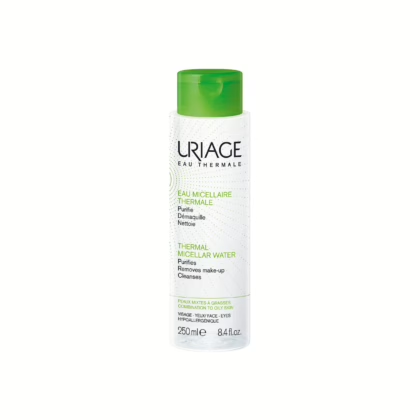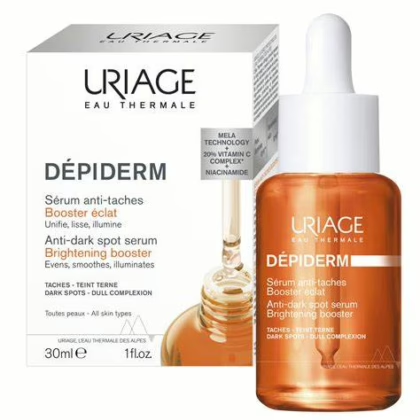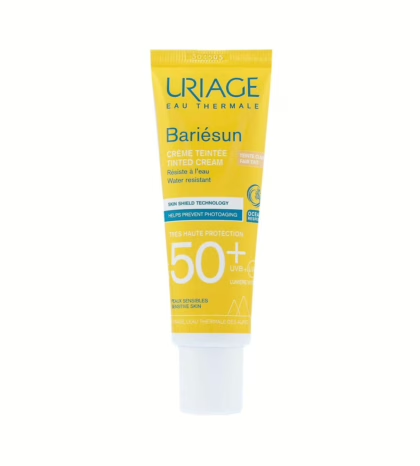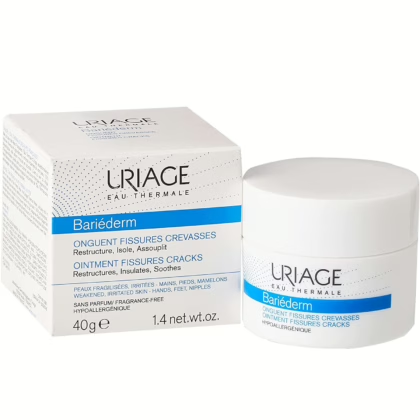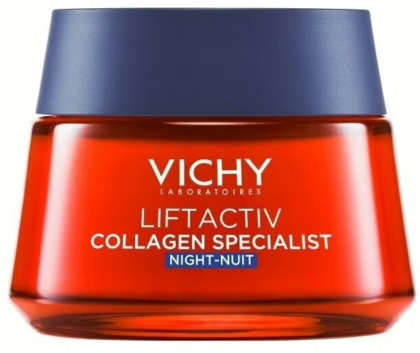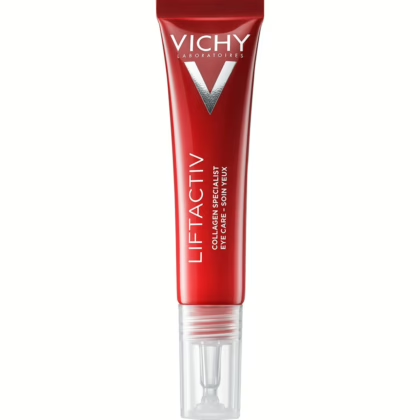Vitiligo is a chronic condition that is not contagious. It causes the skin to lose its normal color and light skin patches appear. Some people develop a few spots, while others lose more than their skin color. Many people consider Vitiligo a “cosmetic problem”, but is it a cosmetic problem that only affects a person’s appearance?
Actually, it is more than just a ‘cosmetic problem’. It is a medical condition in which our bodies attack the pigment cells, which are responsible for the color of skin, hair, and other areas of the body. It also has an impact on a person’s self-esteem and can lead to significant depression.
Vitiligo affects millions of individuals worldwide. Almost half of them develop it before the age of 21.
As stated previously, vitiligo causes a loss of natural skin color, hence doctors may call this disease “depigmentation”. It can lose pigment anywhere on our body, including:
However, many people do not have any other signs or symptoms, and only a small percentage of patients report that their skin itches or hurts. Patients with vitiligo are also more likely to develop some medical conditions.
The cause of the development of vitiligo is not yet known, but there is a risk of developing it if a person:
If your doctor thinks you have vitiligo, he would:
There are numerous treatment options available, and your doctor will recommend the best one for you based on your preferences, general health, age, and the area of the vitiligo’s development. The doctor may use more than one strategy to produce better results. Among the available treatments are:
Skin that has lost its natural color gets sunburned easily, and a bad sunburn can aggravate the symptoms, so it is important to protect the skin from the sun by:



